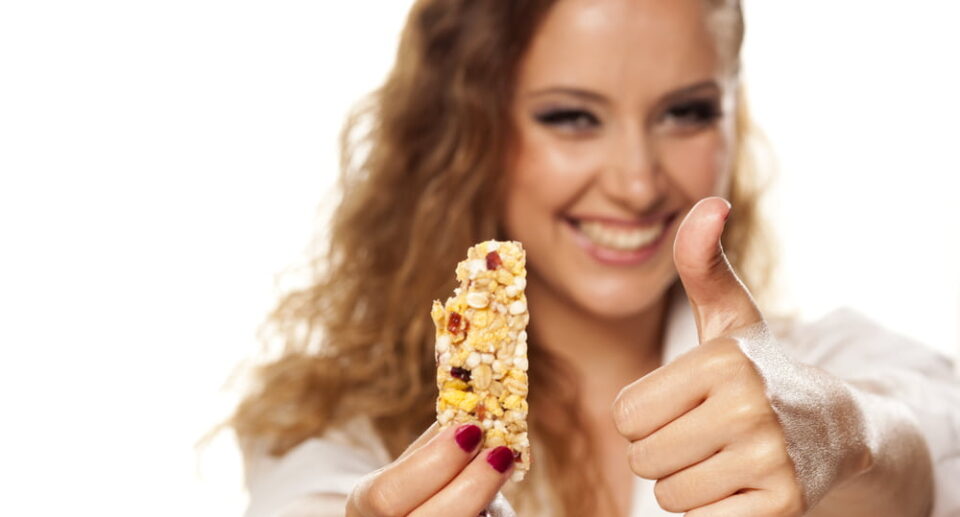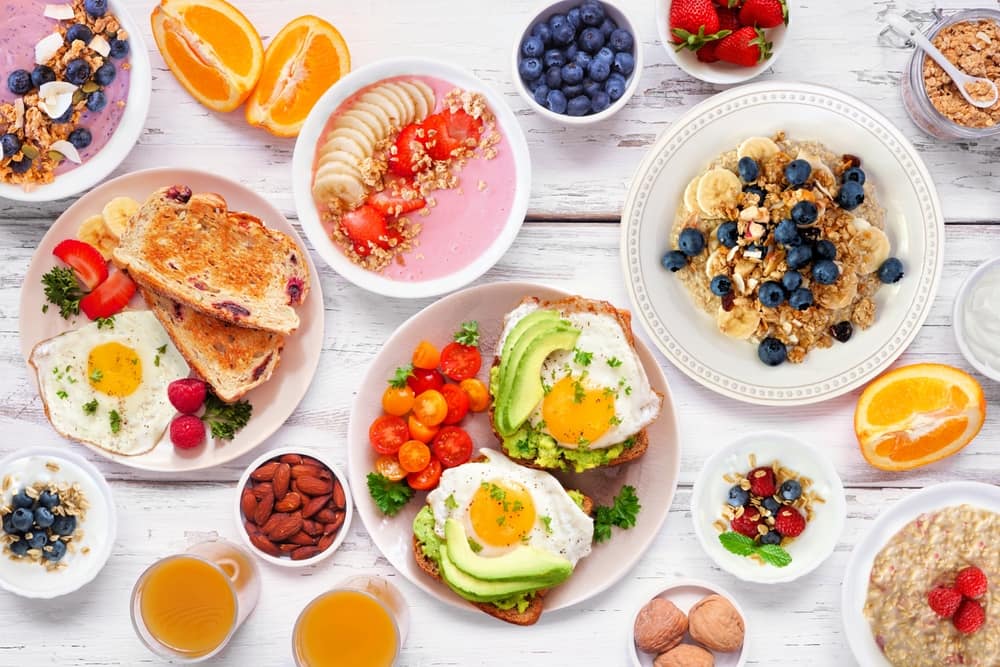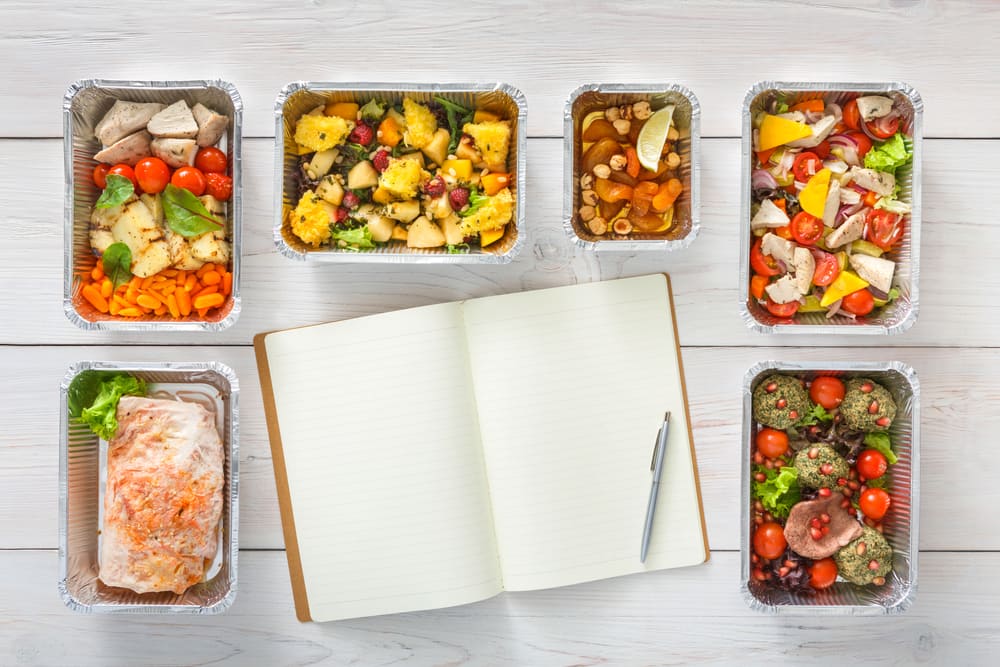Low carb meal prep ideas for beginners
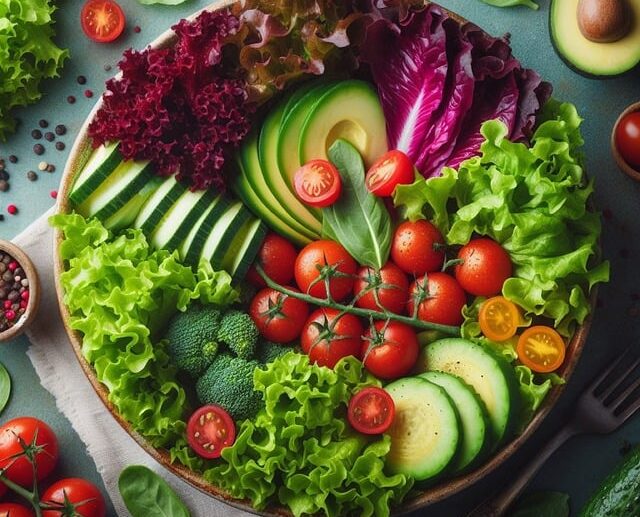

A low-carb diet has gained popularity for its proven benefits, including weight loss, improved energy levels, and better blood sugar control. If you’re new to meal prepping, the combination of low-carb eating and strategic planning can save time, money, and stress while keeping your health on track.
Dr. Heather Fields, MD (Mayo Clinic, Arizona)
“The best conclusion to draw is that adhering to a short-term low-carb diet appears to be safe and may be associated with weight reduction.”
Why Choose a Low-Carb Diet?
Benefits of Low-Carb Diets
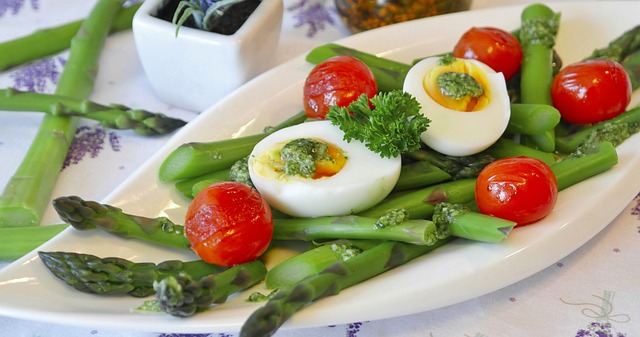

- Weight Loss: Reducing carbs helps your body burn fat more efficiently.
- Stabilized Blood Sugar: Fewer carbs lead to more stable blood sugar levels, reducing energy crashes.
- Improved Focus: A lower-carb intake can improve mental clarity.
- Time-Saving: With meal prep, you spend less time deciding what to eat daily.
Getting Started with Low-Carb Meal Prep
Meal prep can feel overwhelming at first, but with a few practical tips, you’ll set yourself up for success.
Step 1: Understand Your Goals


Before diving in, determine your goals:
- Are you aiming for weight loss?
- Managing blood sugar?
- Or just trying to eat healthier?
Each goal influences the portion sizes and types of meals you’ll prepare.
Step 2: Stock Your Kitchen
Having the right ingredients is essential for low-carb meal prep success. Here’s a basic list:
Pantry Staples:
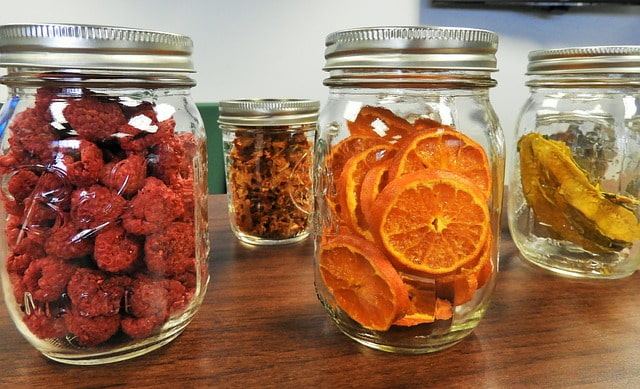

- Almond flour, coconut flour
- Nuts and seeds (e.g., almonds, chia seeds)
- Olive oil, avocado oil
- Low-carb sweeteners (stevia, monk fruit)
Fresh Foods:
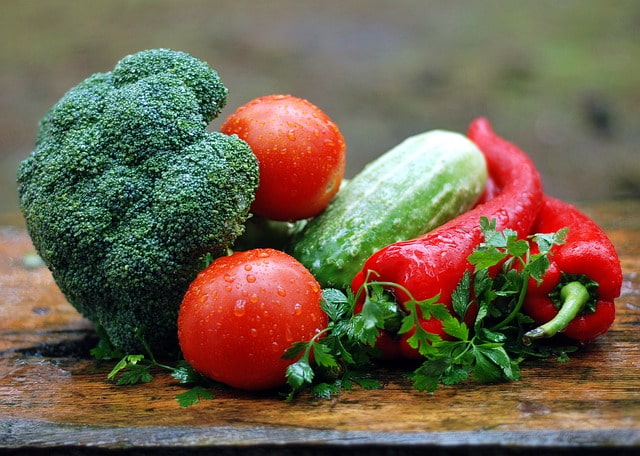

- Leafy greens (spinach, kale)
- Low-carb veggies (zucchini, cauliflower, broccoli)
- Proteins (chicken, turkey, eggs, tofu)
- Dairy (cheese, Greek yogurt)
Step 3: Plan Your Weekly Menu
Start simple! Pick 2-3 main recipes you can rotate throughout the week.
Easy Low-Carb Meal Prep Recipes
1. Zucchini Noodles with Pesto and Grilled Chicken
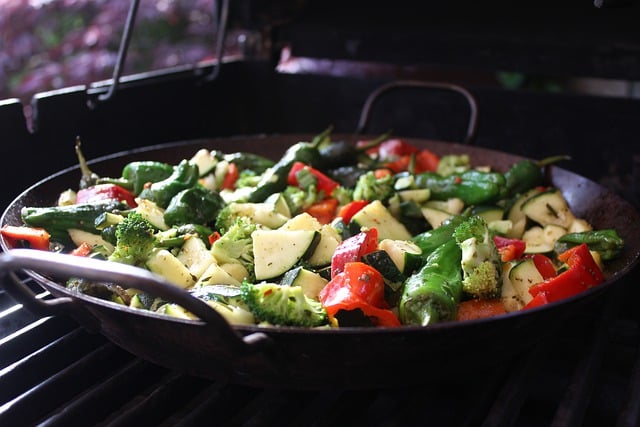

- Ingredients:
- Zucchini (spiralized)
- Grilled chicken breast
- Homemade pesto (basil, garlic, olive oil, Parmesan)
- Instructions:
- Grill chicken and slice.
- Toss zucchini noodles with pesto and top with chicken.
2. Cauliflower Rice Stir-Fry
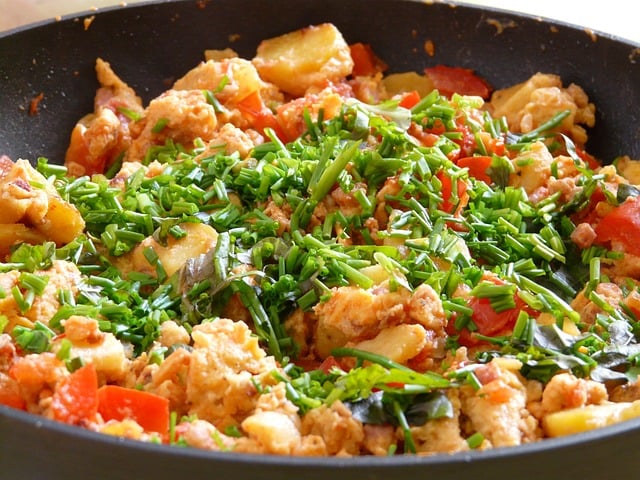

- Ingredients:
- Cauliflower rice
- Soy sauce (low-sodium)
- Scrambled eggs
- Veggies (peppers, broccoli, snap peas)
- Instructions:
- Sauté cauliflower rice with veggies and soy sauce. Add scrambled eggs for protein.
3. Greek Salad Bowls
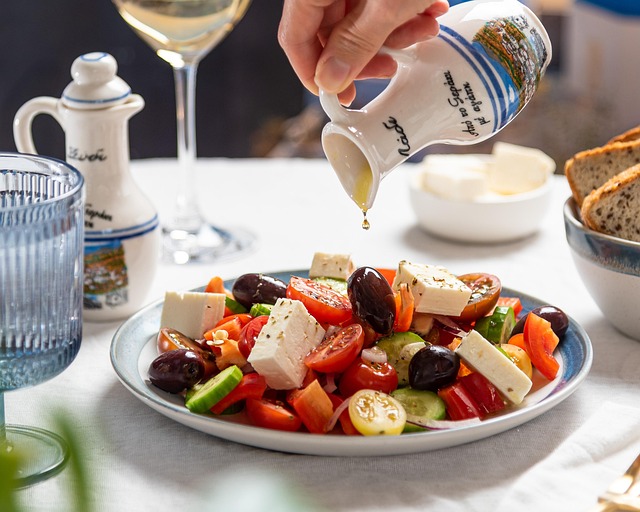

- Ingredients:
- Romaine lettuce
- Cucumber, cherry tomatoes
- Feta cheese, olives
- Grilled chicken or shrimp
- Olive oil and vinegar dressing
- Instructions:
- Layer ingredients in containers for grab-and-go salads.
Weekly Low-Carb Meal Prep Plan
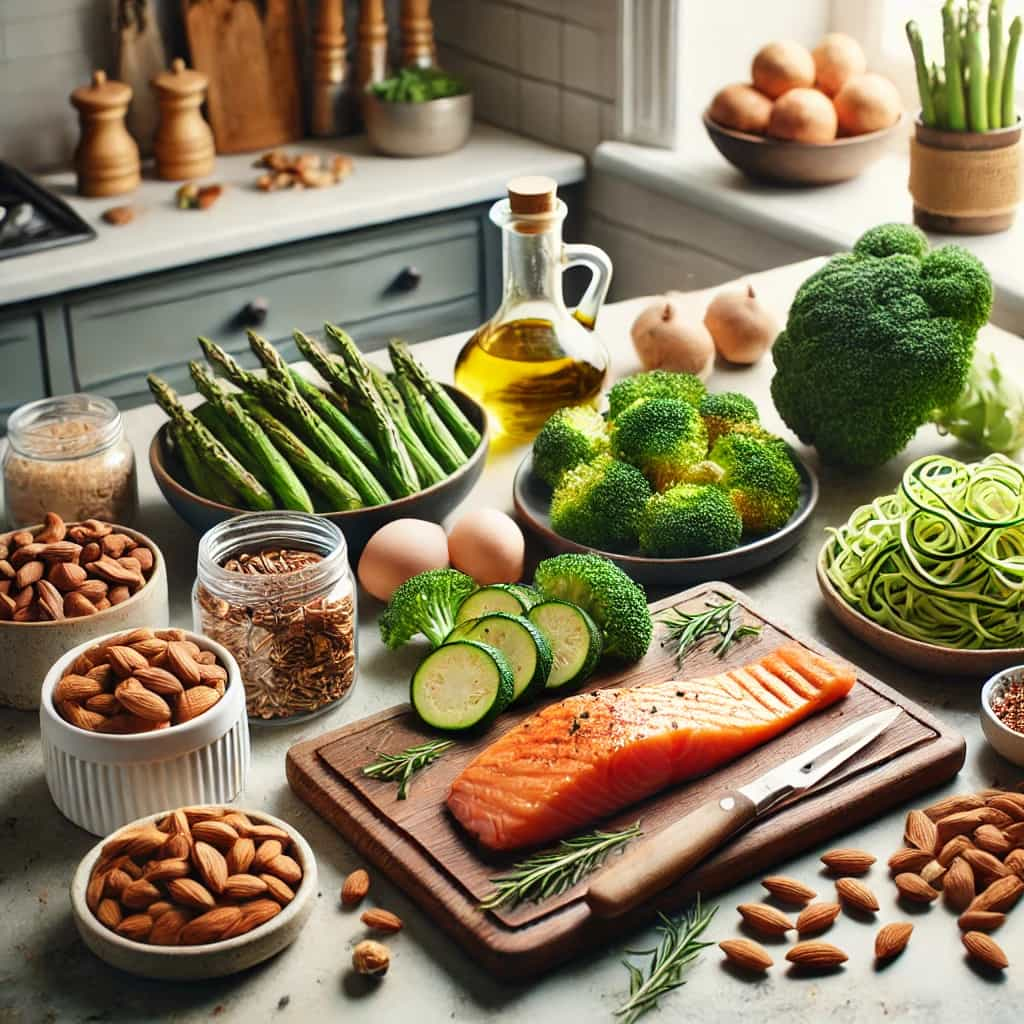

Day 1 (Prep Day):
- Cook proteins (e.g., grill chicken, bake salmon).
- Prepare base veggies (e.g., roast broccoli, spiralize zucchini).
- Assemble snacks (e.g., portion nuts into bags).
Days 2-7:
- Rotate meals for variety:
- Breakfast: Hard-boiled eggs and avocado slices.
- Lunch: Greek salad bowl.
- Dinner: Cauliflower stir-fry or zucchini noodles.
Real-Life Success Stories: Inspiration from Low-Carb Meal Preppers
Embarking on a low-carb meal prep journey can feel challenging, but the stories of others who’ve succeeded show just how transformative it can be. Here are five real-life examples of individuals who used low-carb meal prep to achieve their goals.
Sarah: The Busy Teacher Who Found Energy
Sarah, a full-time elementary school teacher, was always on her feet. Between grading papers and managing her classroom, she found little time for healthy eating. Meal prepping low-carb dishes like grilled chicken salads and zucchini noodles helped her lose 20 pounds in six months. Beyond weight loss, Sarah gained consistent energy to power through her busy days.
Mike: Stabilizing Blood Sugar Naturally
Mike was diagnosed with prediabetes, and his doctor recommended dietary changes. He embraced low-carb meal prep, creating meals like cauliflower rice stir-fry and omelet muffins. Within three months, his blood sugar levels stabilized, and his doctor was thrilled with his progress. Mike now encourages others to take small steps for big health changes.
Lisa: Making Healthy Eating a Family Affair
As a mother of two picky eaters, Lisa struggled to find meals everyone enjoyed. She decided to prep low-carb versions of family favorites, such as zucchini lasagna and bunless burgers. To her surprise, her kids loved the dishes! Meal prepping not only improved her health but also created a healthier lifestyle for her entire family.
John: Enhancing Fitness Performance
John, a gym enthusiast, started low-carb meal prepping to enhance his performance and build lean muscle. His go-to meals included grilled salmon with roasted veggies and protein-packed egg muffins. After just a few months, he noticed improved strength, better endurance, and a leaner physique. Meal prepping became an integral part of his fitness journey.
Emily: Saving Time and Money
Emily, a college student on a tight budget, turned to low-carb meal prep to save both time and money. She focused on affordable ingredients like eggs, chicken thighs, and frozen vegetables, preparing meals in bulk each week. By eliminating takeout, she saved 30% on food costs and still managed to eat healthy, delicious meals.
These success stories prove that low-carb meal prep isn’t just about weight loss—it’s about creating a sustainable lifestyle that fits your goals, whether you’re aiming to boost energy, improve health, or save money. Let these stories inspire your own journey!
Common Questions About Low-Carb Meal Prep
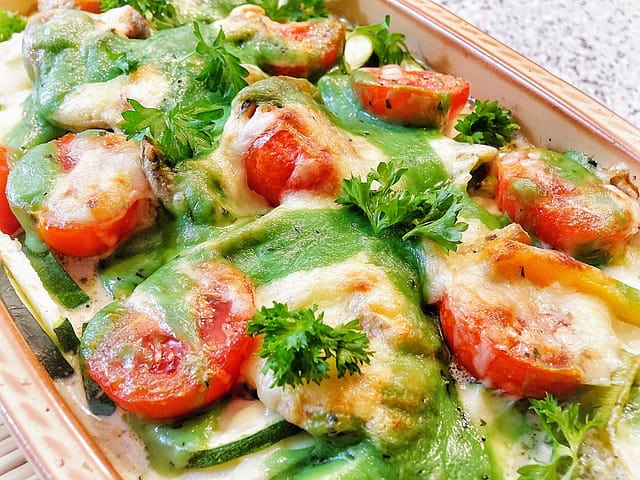

Starting a low-carb meal prep routine can raise many questions. Here are answers to some of the most common ones to help you get started with confidence.
Dr. Bret Scher, MD
A Harvard-based randomized feeding trial said:
“This study helps us see that saturated fat is not inherently bad, especially in the context of a low-carb diet.”
1. How many carbs should I eat daily?
The ideal daily carb intake depends on your goals. For beginners, 50–100 grams of carbs per day is a good range. If you’re aiming for weight loss or ketosis, you may reduce this to 20–50 grams. Monitor your progress and adjust as needed.
2. Can I meal prep without spending a lot of money?
Absolutely! Meal prepping on a budget is possible by focusing on affordable, low-carb staples. Ingredients like eggs, canned tuna, chicken thighs, frozen vegetables, and bulk items such as nuts and seeds are cost-effective options. Plan your meals around sales and seasonal produce to save even more.
3. How long do low-carb meals last in the fridge?
Most low-carb meals can last 3–5 days in the fridge if stored properly in airtight containers. For longer storage, freeze portions of your meals. This works well for dishes like soups, casseroles, and protein-packed muffins.
4. How can I keep my meals from getting boring?
Variety is key to avoiding meal prep fatigue. Rotate your protein sources (e.g., chicken, fish, tofu) and experiment with different herbs, spices, and low-carb sauces. Keep a mix of fresh salads, roasted veggies, and creative recipes in your rotation.
5. Do I need special tools or containers?
Investing in high-quality airtight containers is essential to keep your meals fresh. Other helpful tools include a spiralizer for zucchini noodles, a food scale, and meal prep containers with compartments for portion control.
By understanding these basics, you’ll set yourself up for success in your low-carb meal prep journey!





